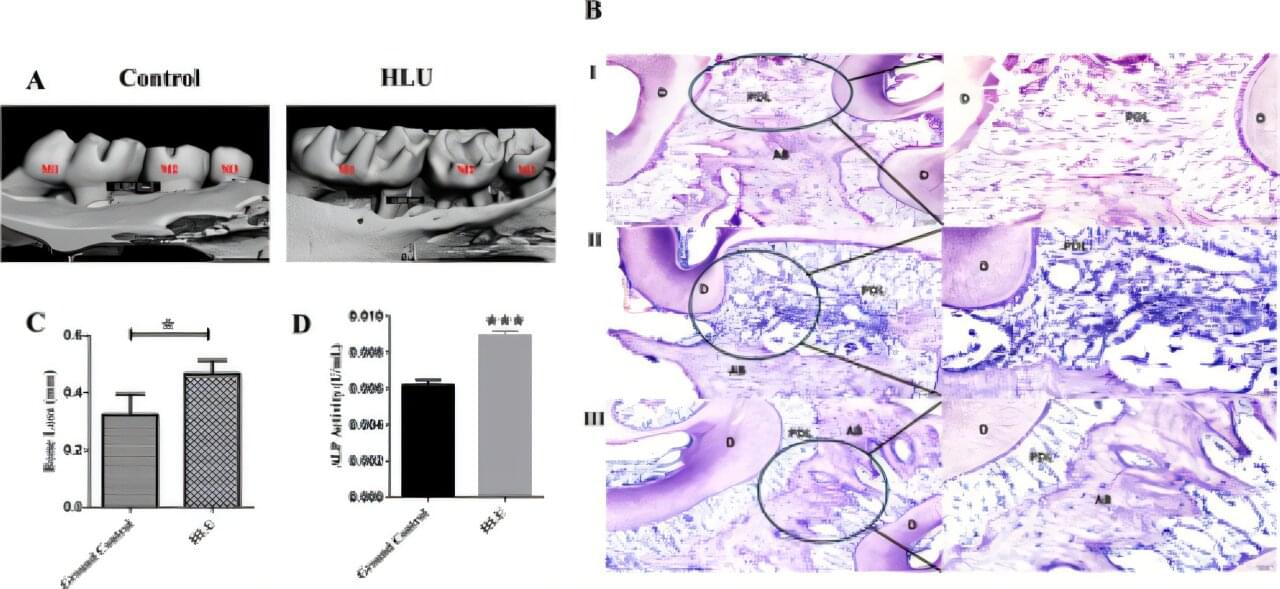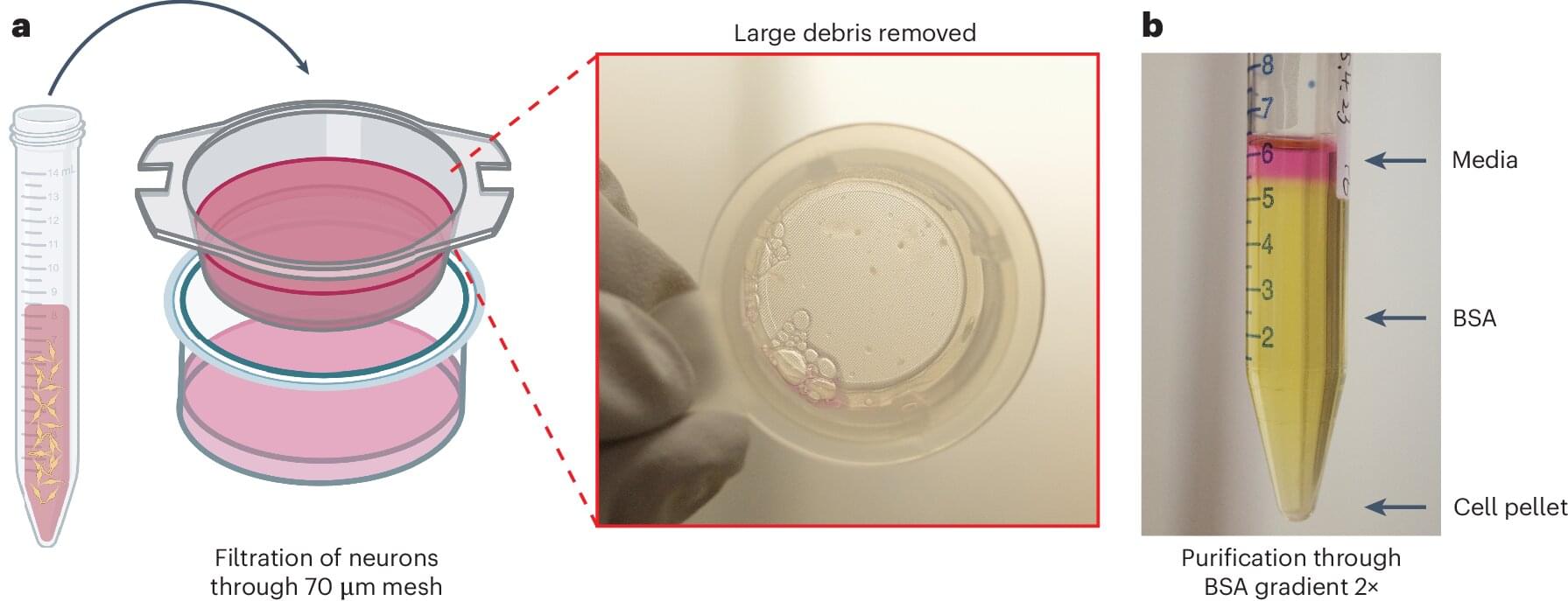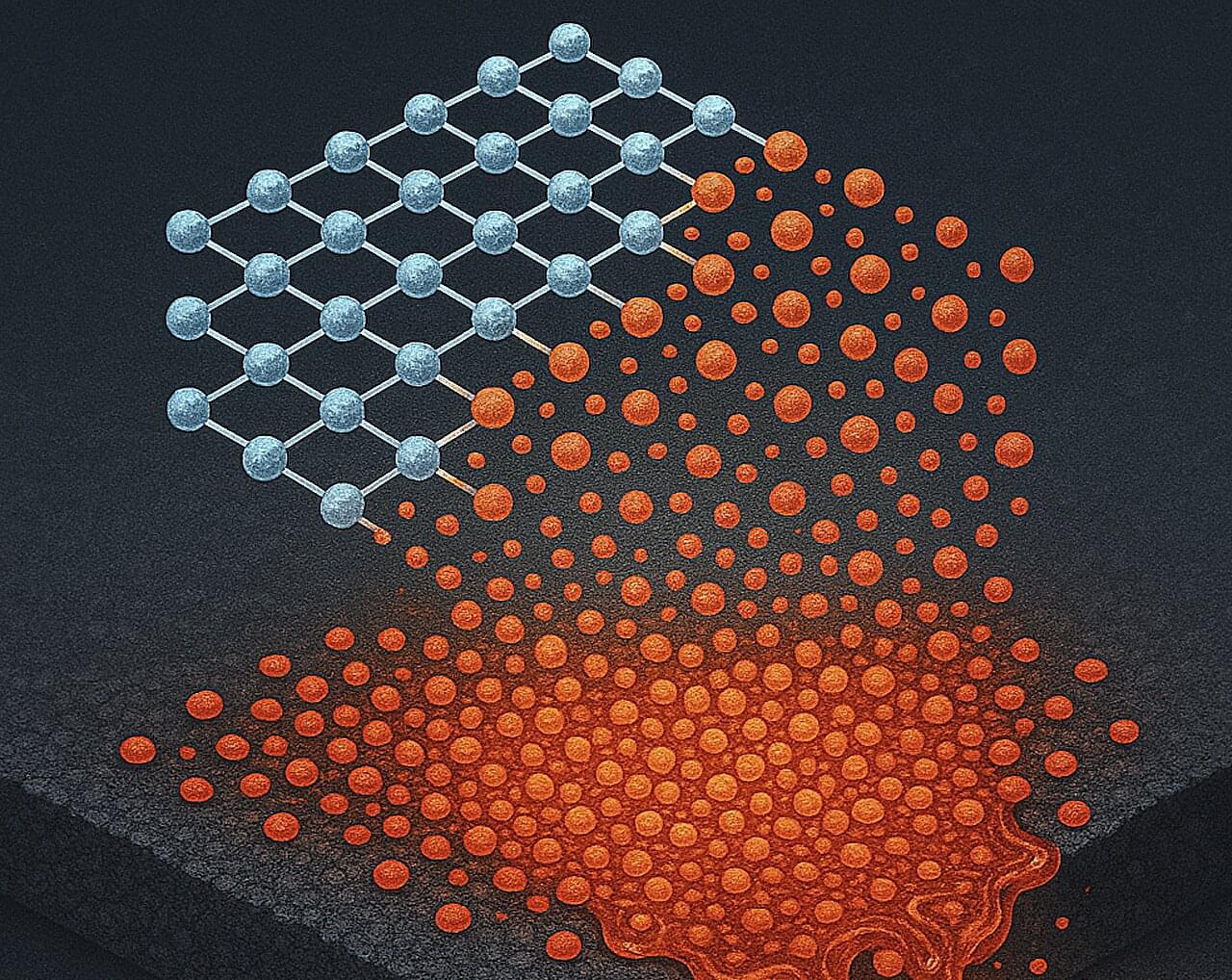Living in zero gravity can lead to periodontitis, a common and serious condition where the gums become inflamed and the bone that supports teeth starts to break down, eventually leading to tooth loss, scientists reveal in a new study.
The scientists confirm their findings in a study published in the Journal of Periodontal Research, in which they try to understand how simulated microgravity —the near-weightless environment astronauts experience in space—might influence the development and severity of periodontitis.
The researchers carried out their experiment in a lab in which mice were used to test the impact of periodontitis in microgravity conditions and on Earth. To simulate this, they used a special model where mice were placed in a position that mimics the effects of microgravity, and then gum disease was induced.








